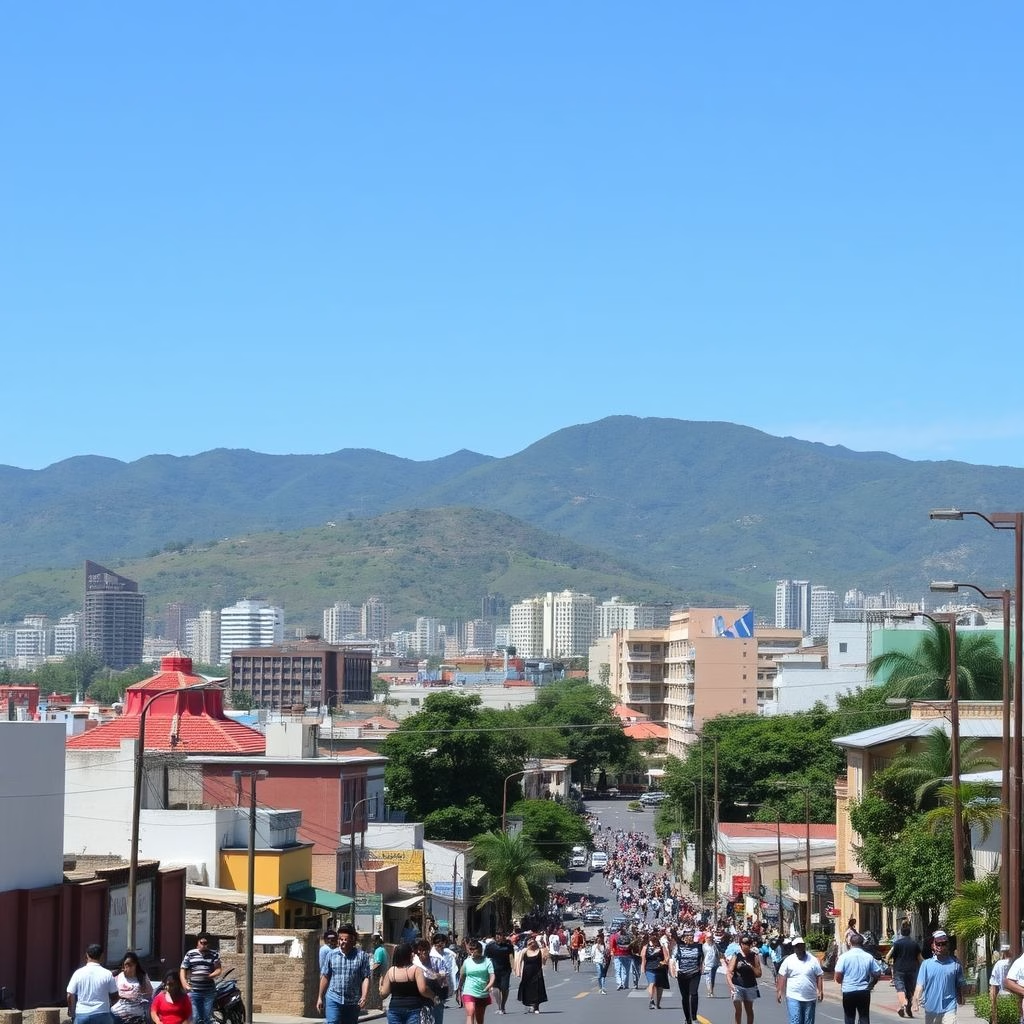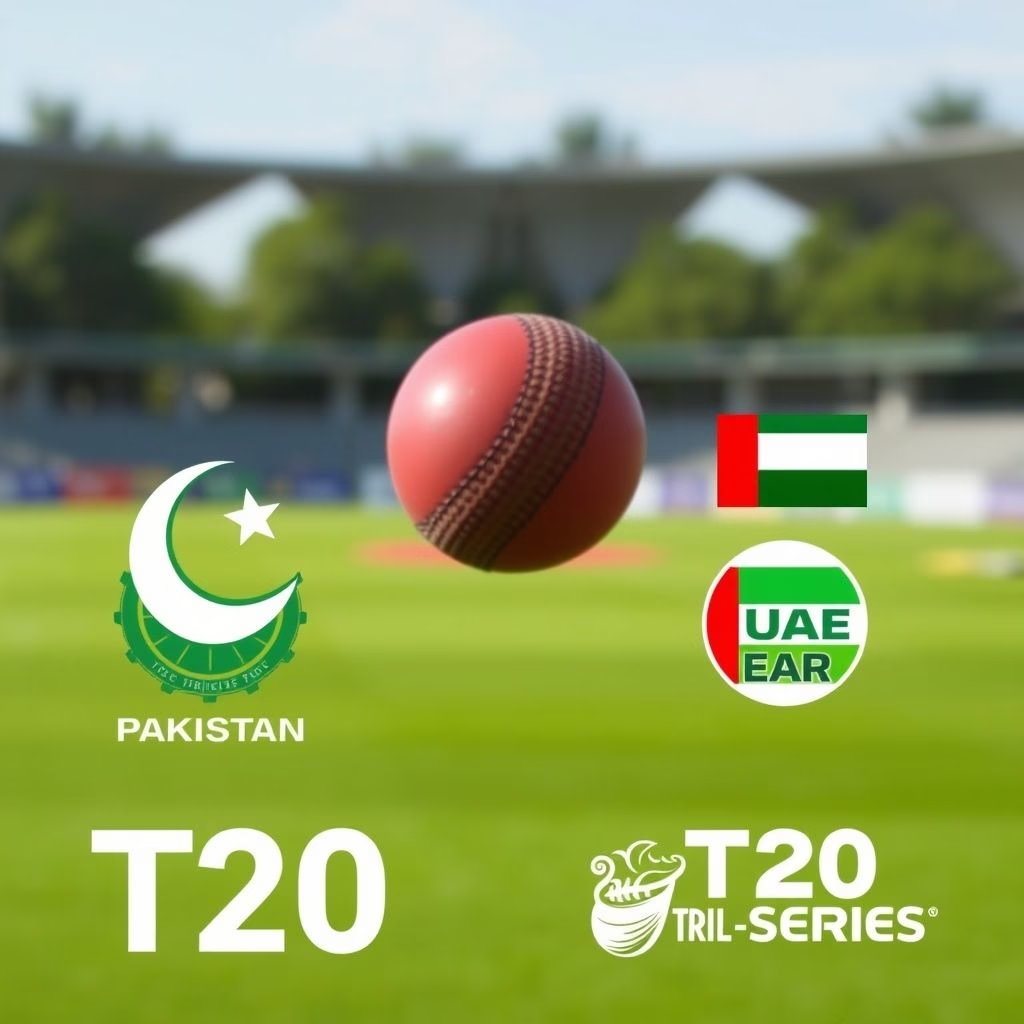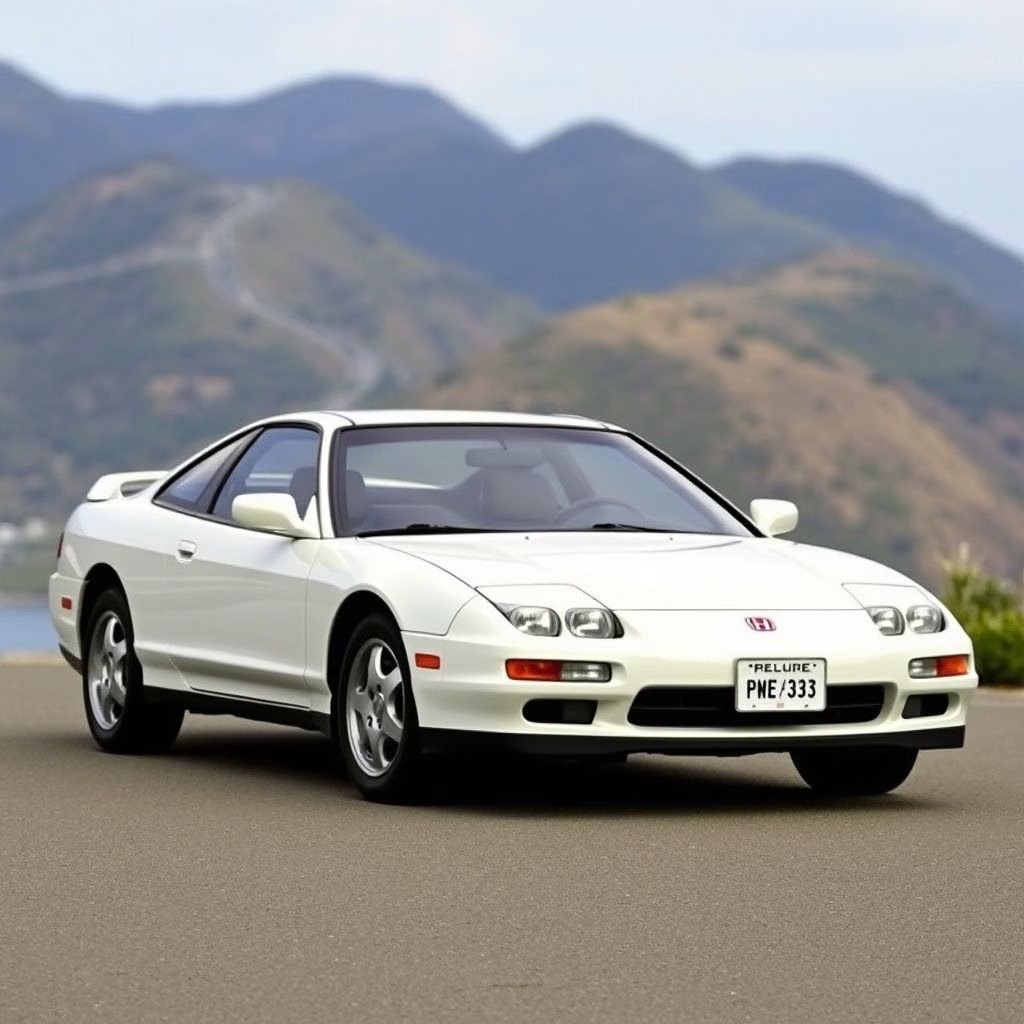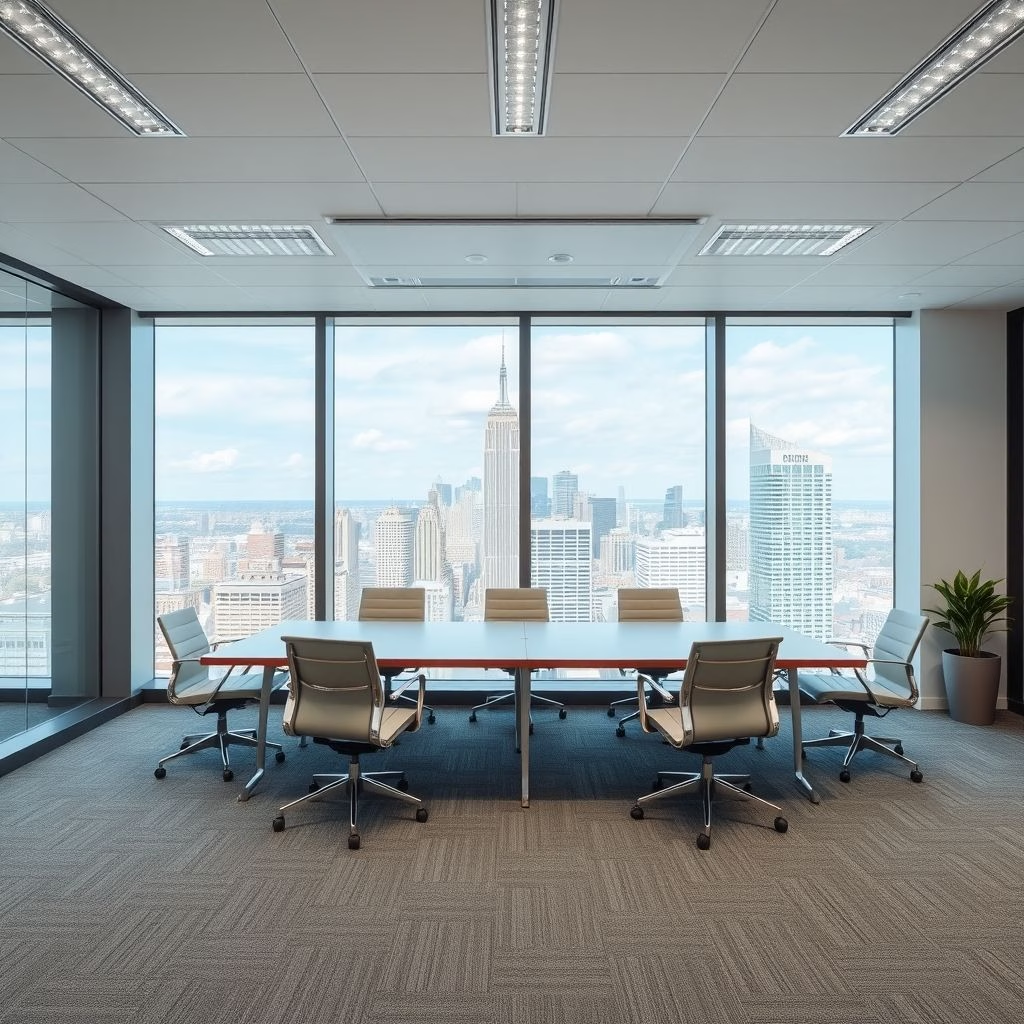Unveiling El Salvador: A Journey Through History, Culture, and Resilience

El Salvador: A Land of Contrasts
Nestled in the heart of Central America, El Salvador, officially the Republic of El Salvador, presents a fascinating tapestry of history, culture, and natural beauty. Bordered by Honduras and Guatemala to the north and west, and the vast Pacific Ocean to the south, this small but vibrant nation offers a compelling glimpse into the region’s rich past and dynamic present. Its capital and largest city is San Salvador.
A History Etched in Time
The story of El Salvador stretches back centuries, encompassing the rise and fall of civilizations. Before the arrival of Europeans, the land was home to the Maya, Cuzcatlecs, and Olmec, each leaving their mark on the region’s cultural landscape. Spanish colonization, beginning in the 16th century, drastically reshaped the area, ushering in a period of profound change and laying the groundwork for El Salvador’s eventual independence. Following this period was involvement in the Federal Republic of Central America.
Independence, however, did not bring immediate stability. The 20th century saw significant upheaval, culminating in the devastating Salvadoran Civil War, which raged from 1979 to 1992. This conflict, deeply affecting the nation, led to significant migration, with many Salvadorans seeking refuge in the United States.
From Agriculture to Diversification
Historically, El Salvador’s economy was firmly rooted in agriculture. Crops like cacao, indigo, and, later, coffee, played a pivotal role. The cultivation of coffee, in particular, became a major driver of the economy, shaping the social and economic structures of the nation. Today, El Salvador’s economy is transitioning, moving beyond its agricultural roots. The adoption of the US dollar as its currency in 2001 reflects the country’s ongoing integration into the global economy.
The nation now boasts a more diversified economic structure, with a growing emphasis on sectors like manufacturing and services. This shift is a testament to El Salvador’s resilience and its commitment to adapting to the challenges and opportunities of the modern world.
Exploring Modern El Salvador
Today, El Salvador is a nation rebuilding and redefining itself. Visitors can explore historical sites that speak to its pre-Columbian past and colonial era, marvel at the stunning Pacific coastline, and experience the warmth and hospitality of the Salvadoran people. The capital, San Salvador, is a vibrant hub of culture, commerce, and political life. From its colonial-era architecture to its thriving arts scene, the city reflects the country’s dynamism and its enduring spirit.
El Salvador has always been a land of contrasts, and the spirit of the people has carried the nation through times of great trial. From its rich agricultural history to its vibrant, modern economy, El Salvador stands as a testament to resilience and a desire to embrace the future.
In Conclusion
El Salvador is a Central American country with a rich, complex, and compelling story. From the ancient civilizations that once called it home to the modern-day challenges and opportunities it faces, El Salvador continues to evolve, its history and resilience shaping its future. Whether you are a history buff, a nature lover, or simply someone looking for a unique cultural experience, El Salvador has something to offer. Its beautiful landscapes, rich history, and people make it a fascinating destination.
As you explore the country, remember the resilience of its people and the history etched into every corner of its landscape. The country’s economic diversification in recent years has opened up many new opportunities and avenues to explore.



